For decades, squats have been both praised as a fundamental lower-body exercise and criticized as a potential danger to knee joints. The debate over whether squats are beneficial or harmful to knee health continues to swirl in gyms, physical therapy clinics, and sports medicine circles. But what does the actual scientific evidence reveal about this controversial movement?
The Biomechanics of Squatting
When performed correctly, the squat is a natural human movement pattern that engages multiple muscle groups while challenging mobility and stability. The knee joint acts as a hinge between the femur and tibia, with the patella (kneecap) gliding through its track in the femoral groove. During a squat, compressive forces are distributed across the joint surfaces, while the surrounding musculature shares the load.
Research shows that the knee experiences peak forces at approximately 90 degrees of flexion during weighted squats. Contrary to popular myth, studies using biomechanical analysis and MRI imaging demonstrate that properly executed squats don't inherently damage healthy knee joints. The key factors determining knee safety appear to be proper form, appropriate loading, and individual anatomical considerations.
Common Misconceptions About Squats and Knees
One persistent myth suggests that squatting below parallel (where the hips descend below knee level) places dangerous stress on knee ligaments. However, multiple studies have disproven this notion. In fact, deep squats may actually improve knee stability by strengthening the muscles that support the joint. The caveat is that individuals must develop the necessary mobility and control to perform deep squats safely.
Another widespread concern involves the belief that squatting causes excessive anterior shear forces that could damage the ACL. While certain squat variations with improper form might create this risk, the conventional back squat with proper technique actually produces posterior-directed forces that may protect the ACL. This protective effect comes from balanced activation of the quadriceps and hamstrings during the movement.
Who Should Be Cautious With Squats?
While squats are generally safe for most people, certain populations should approach them with particular care. Individuals with pre-existing knee conditions like advanced osteoarthritis, meniscus tears, or patellofemoral pain syndrome may need modified versions of the exercise. In these cases, reducing range of motion, decreasing load, or using alternative squat variations can help maintain strength without exacerbating symptoms.
Those recovering from knee surgery or injury should work closely with physical therapists to determine appropriate squat progressions. Research indicates that properly supervised squatting can be beneficial during rehabilitation, helping restore strength and proprioception. The timing and progression of squat exercises post-injury must be carefully individualized based on healing timelines and functional recovery.
Optimizing Squat Technique for Knee Health
The most critical factor in protecting knee health during squats is maintaining proper form. Key technical elements include keeping the knees aligned with the toes throughout the movement, controlling the descent to avoid excessive joint stress, and maintaining tension in the posterior chain muscles. Foot positioning should allow for natural knee tracking, which varies somewhat based on individual anatomy.
Warm-up preparation is equally important. Dynamic mobility work for the ankles, hips, and thoracic spine can improve squat mechanics and reduce compensatory stress on the knees. Gradually increasing range of motion and load over time allows tissues to adapt safely. Many knee issues attributed to squats actually stem from attempting advanced variations before establishing fundamental movement competency.
Squat Variations and Their Knee Impact
Different squat variations distribute forces through the knee joint in distinct ways. Back squats tend to emphasize the posterior chain, while front squats place greater demand on the quadriceps. For individuals with knee concerns, box squats or safety bar squats may offer advantageous force distribution. Single-leg squat variations can help address strength imbalances that might contribute to knee issues.
The choice between high-bar and low-bar back squat positioning also affects knee loading. High-bar squats, with the bar positioned on the upper traps, typically involve more knee flexion and quadriceps activation. Low-bar squats, with the bar lower on the rear delts, shift more load to the hips and may reduce knee stress for some individuals. Neither is inherently better - the optimal choice depends on individual biomechanics and goals.
Long-Term Benefits of Squatting for Knee Health
When incorporated sensibly into a balanced training program, squats offer numerous benefits for knee health. They strengthen the quadriceps, hamstrings, and glutes - the primary muscles that stabilize the knee joint. This muscular support becomes increasingly important as we age and natural joint degeneration occurs. Squats also promote bone density in the femur and tibia, which may help prevent osteoporosis-related fractures.
Perhaps most importantly, squats train the knee to function under load through its full range of motion. This functional strength carries over to daily activities like climbing stairs, rising from chairs, and navigating uneven terrain. For athletes, the dynamic stability developed through squatting may help prevent non-contact knee injuries during sports. The key is progressive, patient development of squatting ability rather than rushing to maximal loads.
Listening to Your Knees: Warning Signs to Watch For
While some muscle soreness after squatting is normal, certain symptoms may indicate problematic stress on the knees. Sharp or localized pain (as opposed to general muscular fatigue), swelling, clicking or grinding sensations, or feelings of instability warrant attention. These signs suggest the need for technique adjustments, load reduction, or professional evaluation.
It's worth noting that knee discomfort during squats sometimes originates from limitations elsewhere in the kinetic chain. Restricted ankle mobility or tight hip flexors can force the knees to compensate. Addressing these upstream issues often resolves knee symptoms without needing to avoid squats altogether. A comprehensive movement assessment can identify such compensatory patterns.
Integrating Squats Safely Into Your Routine
For those new to squatting or returning after a hiatus, starting with bodyweight squats allows focus on perfecting form before adding external load. Using a mirror or video recording can help verify proper knee tracking. Many people benefit from tempo squats (slow, controlled movements) initially to develop body awareness and control.
As strength and confidence grow, gradual progression in depth and load follows. Most recreational lifters don't need to squat maximally to reap the knee health benefits - moderate loads with excellent form provide substantial strengthening while minimizing injury risk. Balancing squatting with other lower-body exercises creates comprehensive joint stability without overemphasizing any single movement pattern.
The Bottom Line on Squats and Knee Health
Current evidence suggests that squats, when performed with proper technique and sensible progression, are not only safe for healthy knees but may actually enhance joint health and function. The movement's bad reputation largely stems from improper execution or inappropriate application to pre-existing conditions. Like any powerful tool, squats require knowledge and respect to use effectively.
Rather than fearing squats as a knee hazard, we should view them as an opportunity to build resilient, functional lower bodies. With attention to individual differences and smart programming, most people can incorporate some form of squatting into their fitness regimen safely. As always, consulting with qualified professionals can help tailor the exercise to your specific needs and goals while protecting your knee health for the long term.
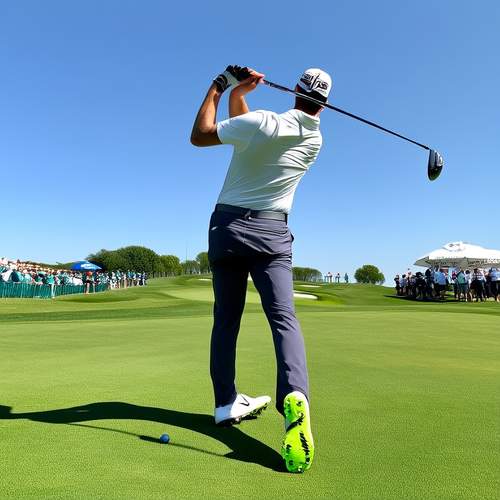
By George Bailey/May 20, 2025

By Rebecca Stewart/May 20, 2025

By Ryan Martin/May 20, 2025

By Amanda Phillips/May 8, 2025

By Lily Simpson/May 8, 2025

By Laura Wilson/May 8, 2025

By Sophia Lewis/May 8, 2025
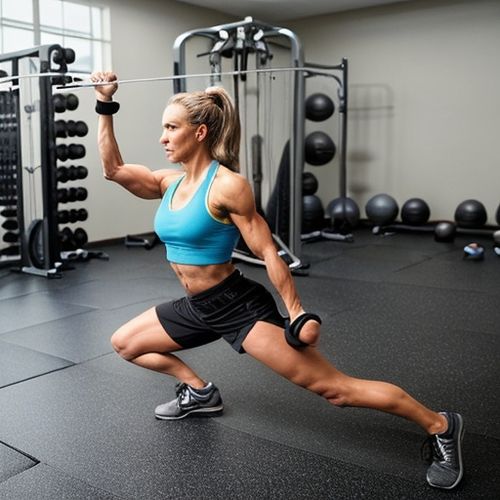
By John Smith/May 8, 2025
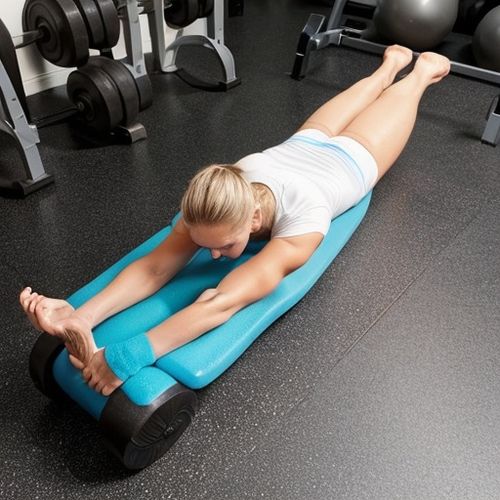
By Sophia Lewis/May 8, 2025
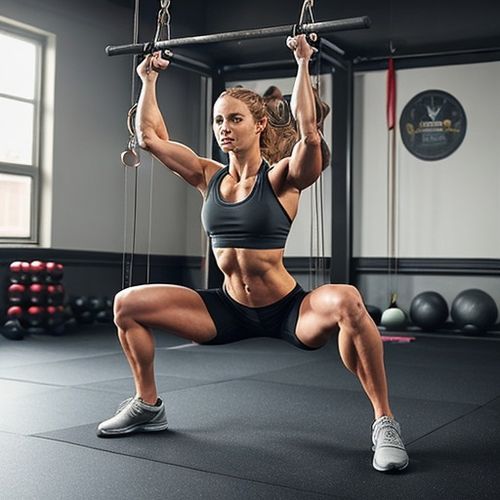
By John Smith/May 8, 2025
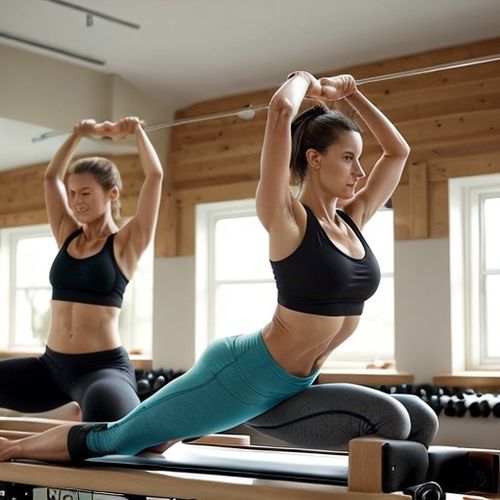
By Ryan Martin/May 8, 2025
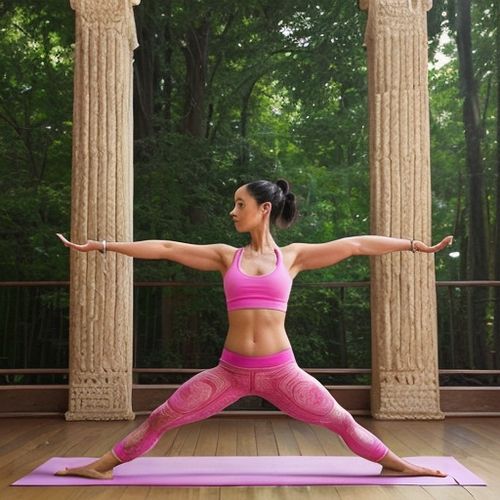
By Eric Ward/May 8, 2025

By Lily Simpson/May 8, 2025
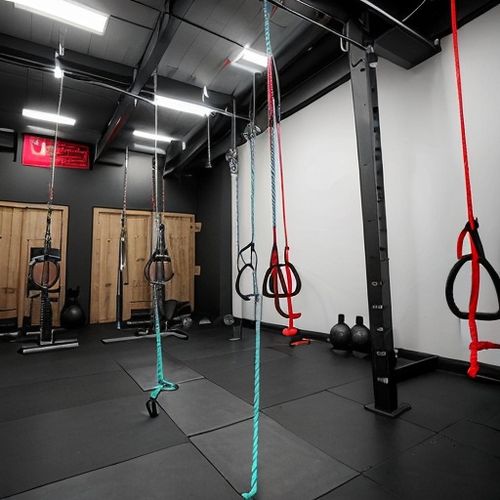
By Victoria Gonzalez/May 8, 2025

By James Moore/May 8, 2025
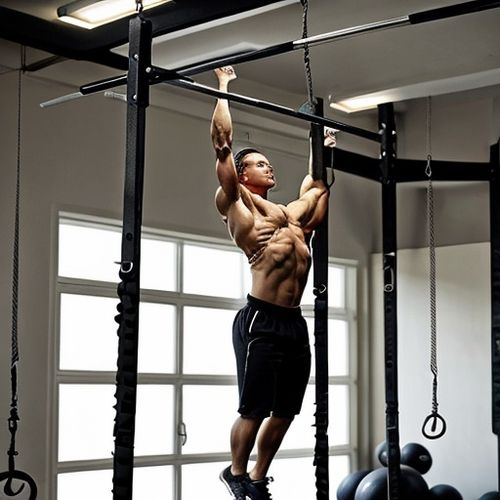
By Emily Johnson/May 8, 2025
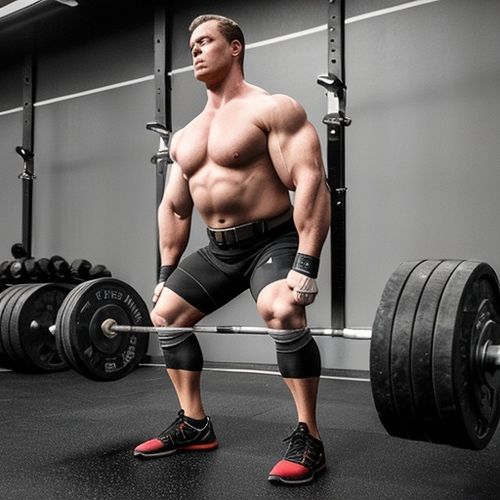
By Jessica Lee/May 8, 2025

By Grace Cox/May 8, 2025
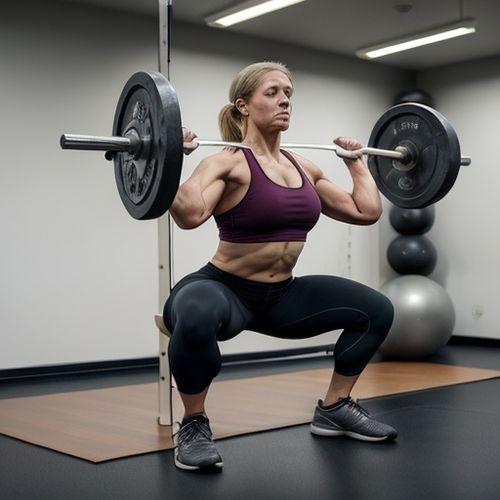
By David Anderson/May 8, 2025

By Elizabeth Taylor/May 8, 2025